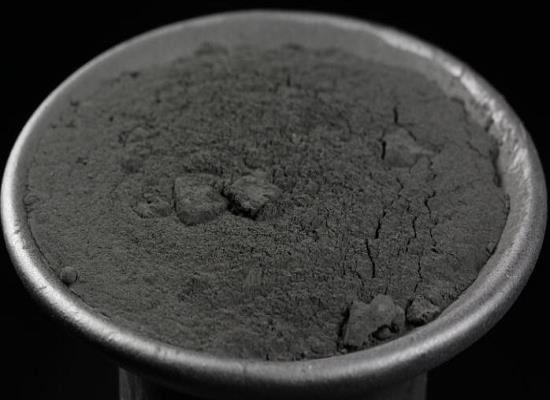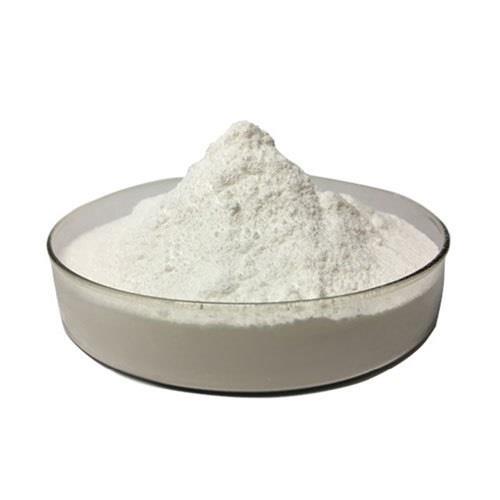Uses of Barium
Barium was discovered as an element by Carl Scheele in 1774, after which it was first isolated by Sir Humphry Davy in 1808. The abundance of barium in Earth’s crust is approximately 0.05%. Barite stones found around Bologna, Italy, were some of the first exposures of humans to barium, so it was named Bolognan stone after the nearby town, and fascinated people due to its ability to phosphoresce after exposure to sunlight.

Uses
Barium is found in various alloys, paints, soap, paper, photographic chemicals, explosives, and rubber, and is used in the manufacture of ceramics and glass. Some of its compounds are used as mordants in fabric dyeing and in the preparation of phosphors. One major use is in slurry of ground barite (ZnS + BaSO4) for gas and oil drilling. Barium fluorosilicate has been used as an insecticide, and some barium compounds are used as rodenticides. Medicinally, barium sulfate, being very sparingly soluble, is used as a radiopaque contrast material for X-ray diagnostic purposes and other medical imaging uses.
Environmental Fate
Barium is a highly reactive metal that occurs naturally only in
a combined state. The element is released to environmental
media by both natural processes and anthropogenic sources.
Barium is released primarily to the atmosphere as a result of
industrial emissions during the mining, refining, and production
of barium and barium chemicals, fossil fuel combustion,
and entrainment of soil and rock dust into the air. In addition,
coal ash, containing widely variable amounts of barium, is also
a source of airborne barium particulates. Most barium released
to the environment from industrial sources is in forms that do
not become widely dispersed. In the atmosphere, barium is
likely to be present in particulate form. Although chemical
reactions may cause changes in speciation of barium in air, the
main mechanisms for the removal of barium compounds from
the atmosphere are likely to be wet and dry depositions.
Side effects
Ingestion of toxic doses of barium affects the muscles, especially the heart. Barium has a digitalis-type effect on the heart. Ventricular fibrillation and slowed pulse rate are noted. This may be related to barium’s tendency to displace potassium; the resulting potassium deficiency causes muscle weakness.





